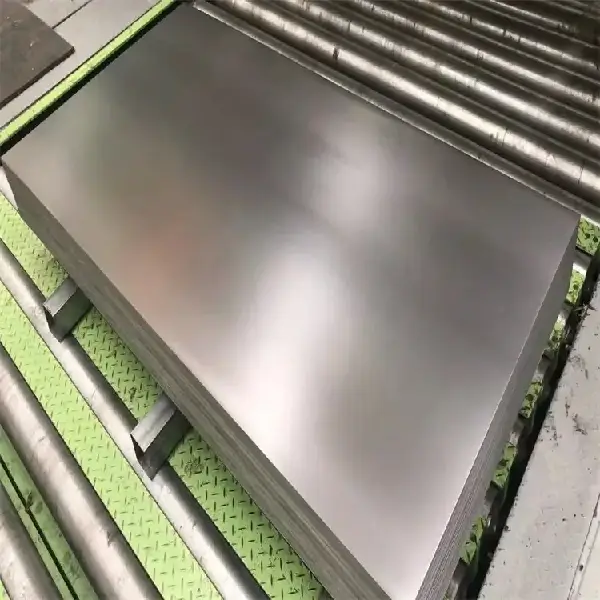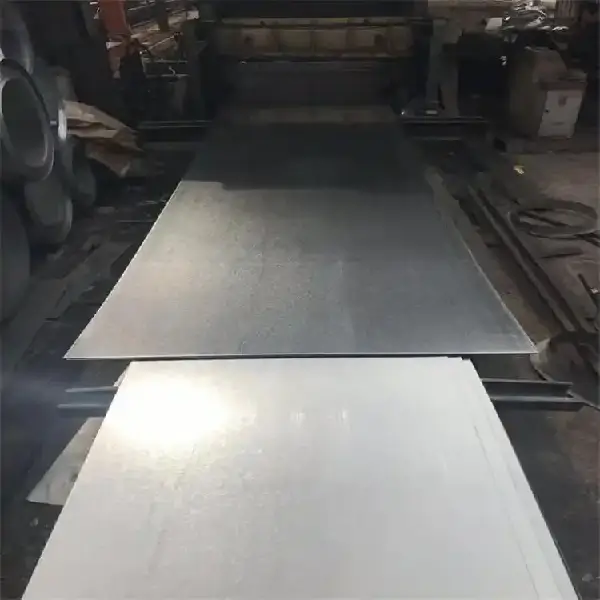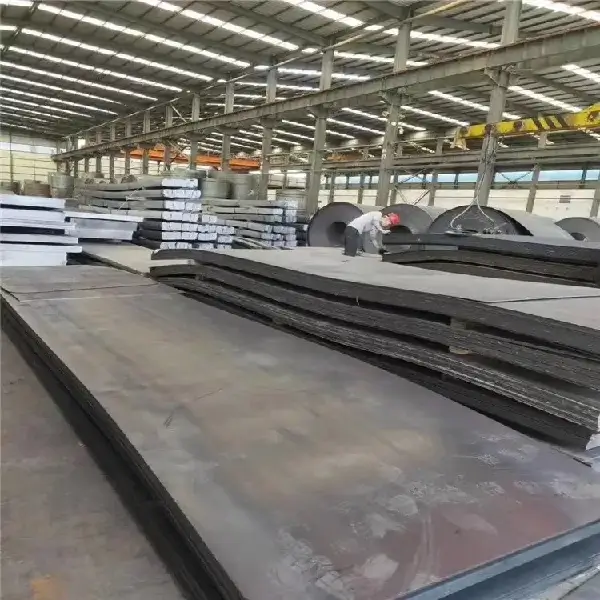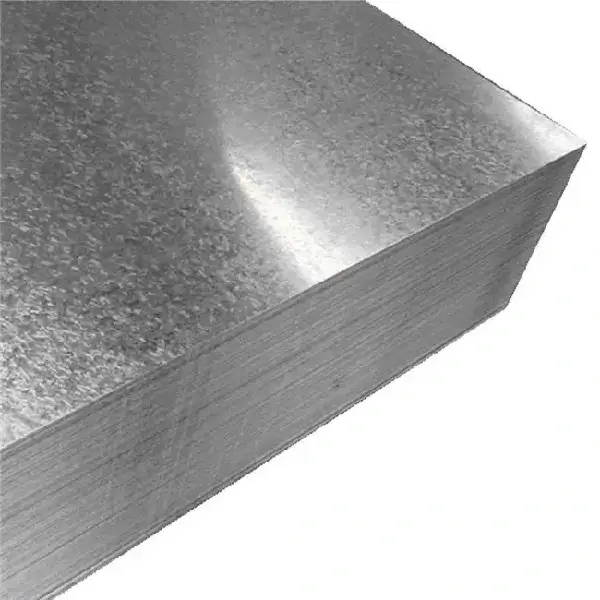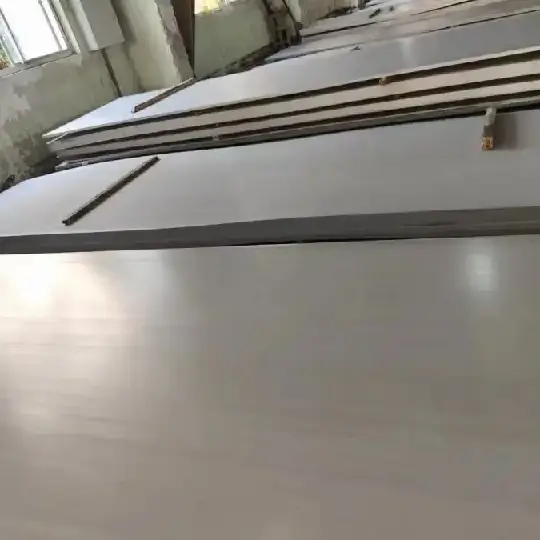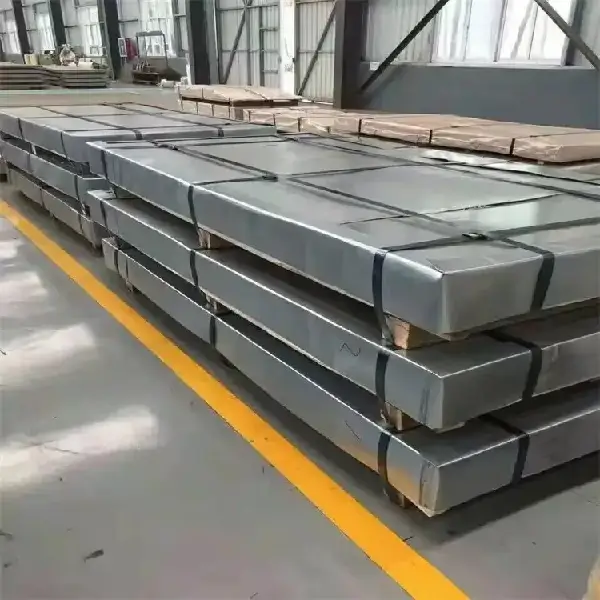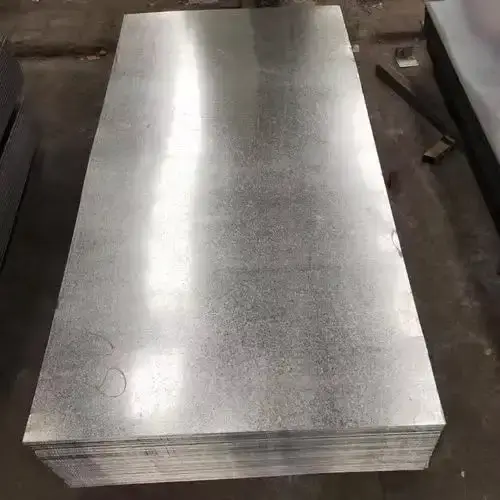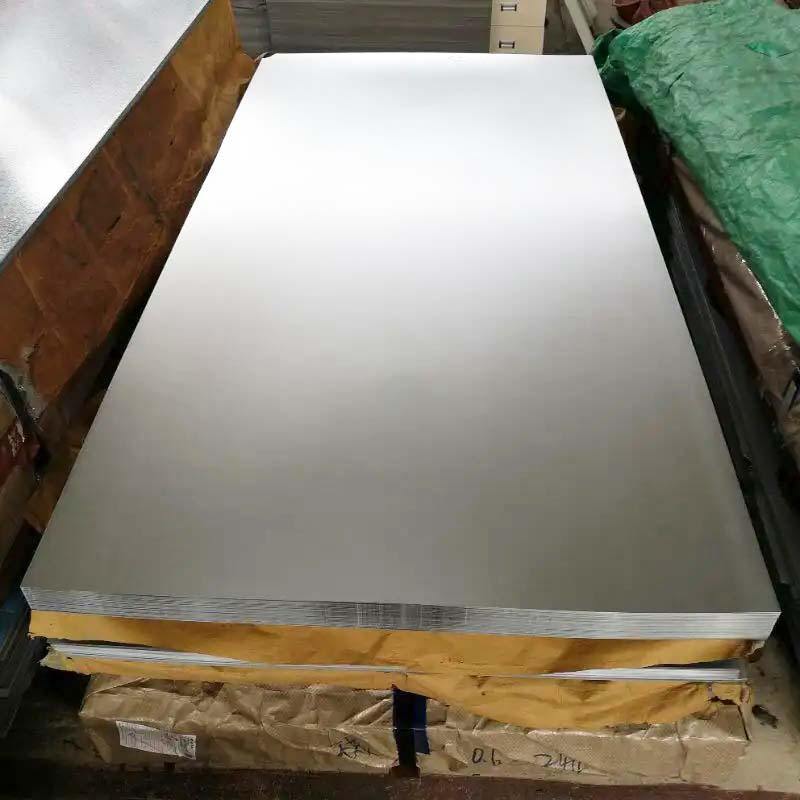
Categories
Contact Us
Phone: +86-19157178399
WhatsApp: 8619157178399
E-Mail: maike@cnmaikesteel.com
Add: Liaocheng City,Shandong,China

Steel Plate
G90 refers to the coating type and coating weight on the steel coil or steel plate. "G" means that the coating is galvanized, that is, galvanized. Meanwhile, the number "90" represents the weight of zinc on the steel. G90 galvanized steel coil is hot-dip galvanized cold-rolled steel sheet to improve durability.
G90 refers to the coating type and coating weight on the steel coil or steel plate. "G" means that the coating is galvanized, that is, galvanized. Meanwhile, the number "90" represents the weight of zinc on the steel. G90 galvanized steel coil is hot-dip galvanized cold-rolled steel sheet to improve durability.
G60 is the coating grade of steel sheet after continuous hot dip plating process. G represents the "galvanized" or galvanized layer of the product. The number 60 refers to the thickness of the zinc around the steel sheet or the thickness of the entire double-sided coating. To get the amount of galvanizing on one side, you need to divide this number by two.
Galvanized steel sheet G60 is coated with molten zinc. After the continuous coating process at a speed of 600 feet per minute, the excess zinc on the steel plate is removed by high-pressure air. This is in order to produce the desired coating thickness. After cooling, the sheet is rolled into a roll, ready for manufacturing.
The coating designation G40 represents the type of coating and the weight of the applied coating. The letter "G" indicates that the coating is galvanized, meaning zinc-based. Meanwhile, the number "40" represents the weight of zinc on the surface of the steel sheet.
Galvanized steel coils are covered with a zinc coating to provide corrosion resistance. G40 galvanized steel coil is a galvanized layer name or A653 standard specification specified in the hot-dip coating process galvanized (galvanized) or zinc-iron alloy (galvanized) steel sheet requirements. The G40 protective coating prevents moisture from reaching the steel structure, thereby improving the corrosion resistance of the steel. This can extend the life expectancy of the steel. G40 is the average coat weight and therefore provides moderate protection.
Z120 is the coating name, which means that the coating thickness on both sides is approximately 120g/㎡ or 36g/㎡ (three-point test) and 90g/㎡ (single-point test).
Z120 grade galvanized steel coil is coated with zinc to make it more durable. The working principle of the process is to immerse the coiled steel plate in a galvanizing tank filled with molten zinc. Through the continuous galvanizing process of the thin steel sheet, the galvanized coil is obtained. This type of steel has better formability and good paint adhesion in commercial or architectural use. Another method of producing galvanized steel sheet is through a hot-dip plating process. In this method, it is essential that the steel sheet is heat-treated at 500°C immediately after the exit of the can to form the alloy film coating.
The galvanized steel coil Z275 is a double-sided galvanized carbon steel sheet. This is produced by a metal coating process that passes cold rolled coils through a bath filled with molten zinc. This continuous hot-dip plating or also known as electro-galvanizing is the main process that these carbon steel sheets must go through to produce coils and galvanized sheets. The process consists of applying zinc by electrolytic treatment. After the sheet is subjected to this treatment, a layer of zinc is adhered to the base metal through the iron and zinc bonding layer.
Galvanizing is a well-known and effective method to add a protective layer to prevent the exposed steel from being corroded by natural elements. Zinc not only acts as a barrier between the environment and the steel, but it also decomposes first to protect the underlying steel and extend its service life.
DX53D/ SGCD2/SGCD3 Galvanized Sheet
The material of DX53D galvanized sheet is a non-ferrous alloy composed of zinc as the matrix and adding other elements. The main alloying elements are aluminum, copper, magnesium and so on. Zinc alloy has low melting point, good fluidity, easy plastic processing and welding, and resistance to atmospheric corrosion.
According to the manufacturing process, it is divided into cast zinc alloy and deformed zinc alloy. The commonly used casting zinc alloy is zinc-aluminum-copper-magnesium alloy, which has good casting process performance, and the cooling rate has little effect on the mechanical properties. They are mainly used in the manufacture of mechanical parts, toys, decorations and household appliances.
The material of DX52D galvanized sheet is a non-ferrous alloy composed of zinc as the matrix and adding other elements. The main alloying elements are aluminum, copper, magnesium and so on. Zinc alloy has low melting point, good fluidity, easy plastic processing and welding, and resistance to atmospheric corrosion.
According to the manufacturing process, it is divided into cast zinc alloy and deformed zinc alloy. The commonly used casting zinc alloy is zinc-aluminum-copper-magnesium alloy, which has good casting process performance, and the cooling rate has little effect on the mechanical properties. They are mainly used in the manufacture of mechanical parts, toys, decorations and household appliances.
The Z150 in the DX51D Z150 galvanized steel coil is the actual coating name. The manufacturer describes the DX51D Z150 material as a mild steel galvanized layer for steel products. Specifically, DX51D is a steel grade characterized by its cold-formed bending and profiling qualities. The steel grade corresponds to steel grade 1.0917
The material of DX51D galvanized sheet is a non-ferrous alloy with zinc as the matrix and other elements. The main alloying elements are aluminum, copper, magnesium and so on. Zinc alloy has low melting point, good fluidity, easy plastic processing and welding, and resistance to atmospheric corrosion.
According to the manufacturing process, it is divided into cast zinc alloy and deformed zinc alloy. The commonly used casting zinc alloy is zinc-aluminum-copper-magnesium alloy, which has good casting process performance, and the cooling rate has little effect on the mechanical properties. They are mainly used in the manufacture of mechanical parts, toys, decorations and household appliances.
Prepainted Galvanized Steel Sheet
When steel components are used to make more complex finished products, they can be galvanized before the product is assembled. This is called pre-galvanizing, or "pre-galvanizing". It may also be referred to as "in-line", "continuous" or "rolled" galvanizing. Essentially, steel components (such as sheets or wires) are galvanized using an automated process before they are cut to size.
This automated process will vary depending on the type of galvanized part. In general, steel components are immersed in a "galvanizing bath" of molten zinc for a short period of time. After the steel is removed from the bath, excess zinc is removed using a mechanical wiper, air knife, or steam. This leaves a relatively thin layer of galvanizing.
Galvanized steel is a type of steel that is coated with zinc for protection by an electroplating process. The galvanized layer is applied to cold rolled steel at low temperatures. So EG steel is also known as cold galvanized steel. Through electrolytic galvanizing, a uniform and dense zinc layer is finally formed on the surface of the steel, but the mechanical properties of the material are still maintained. Electrogalvanized steel is usually sold in coil or sheet form. EG coil is a kind of material that can be cut, slitted and profiled for other purposes.
The steel grade of galvanized steel consists of base metal grade, galvanized (E), galvanized layer type and weight. The electro-galvanized products based on SPCC, SPCD, SPCE, SPCF and SPCG are named SECC, SECD, SECE, SECF and SECG respectively.
Full Cold Galvanizing Process:
Chemical degreasing → hot water washing → water washing → electrolytic degreasing → water washing → acid washing → rust removal → water washing → electrogalvanizing process → water washing → passivation → hot water washing → drying → quality inspection → packaging and sales


